In the 20th century, many options abounded as to our cosmic origins. Today, only the Big Bang survives, thanks to this critical evidence.
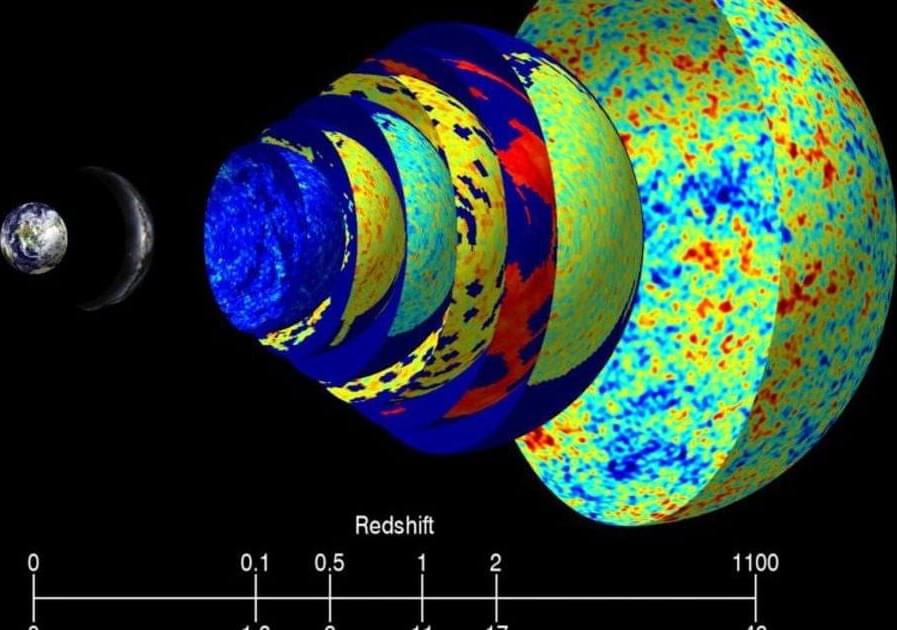

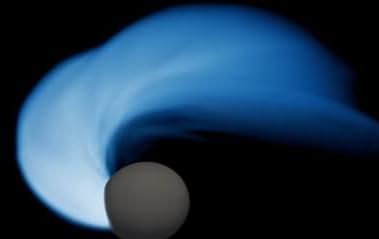
Researchers from the University of Portsmouth’s Institute of Cosmology and Gravitation (ICG) have helped to detect a remarkable gravitational-wave signal, which could hold the key to solving a cosmic mystery.
The discovery is from the latest set of results announced by the LIGO-Virgo-KAGRA collaboration, which comprises more than 1,600 scientists from around the world, including members of the ICG, that seeks to detect gravitational waves and use them for exploration of fundamentals of science.
In May 2023, shortly after the start of the fourth LIGO-Virgo-KAGRA observing run, the LIGO Livingston detector in Louisiana, U.S., observed a gravitational-wave signal from the collision of what is most likely a neutron star with a compact object that is 2.5 to 4.5 times the mass of our sun.
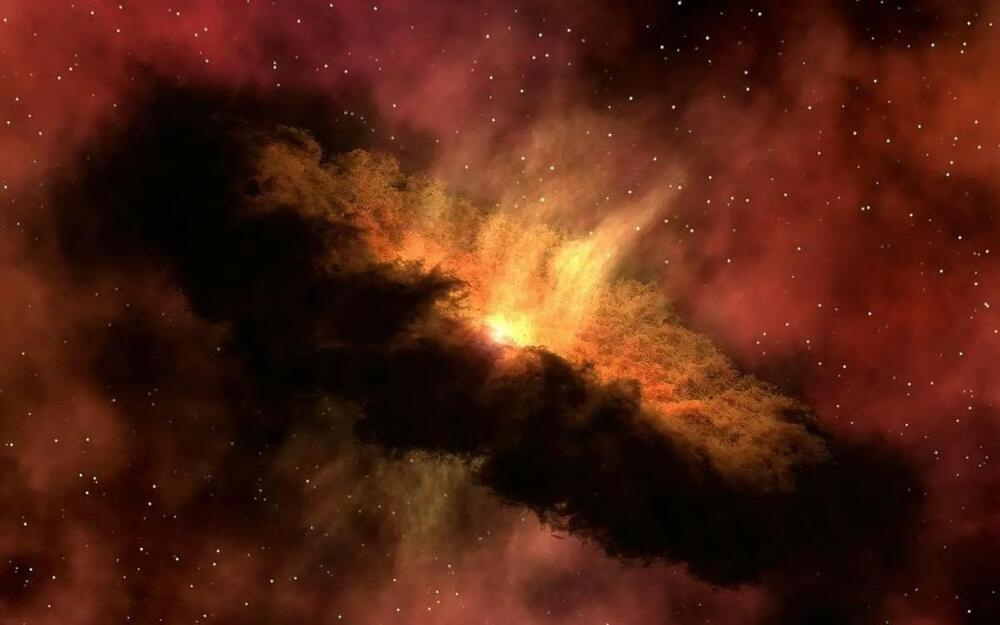
Sir Roger Penrose proposes that the universe undergoes repeated cycles of expansion, decay, and rebirth, challenging the traditional notion of a singular Big Bang origin.
Renowned physicist Sir Roger Penrose, hailing from the University of Oxford and a co-recipient of the 2020 Nobel Prize in Physics, posits a fascinating theory regarding the universe’s cyclical nature. Contrary to prevailing notions, Penrose suggests that our universe has undergone numerous Big Bang events, with another impending in the future.
Penrose’s Nobel-winning contributions revolve around advancing mathematical frameworks that not only validate but also extend Albert Einstein’s general theory of relativity. Moreover, his investigations into black holes elucidated the phenomenon of gravitational collapse, wherein excessively dense entities converge into singularities, infinitely massive points.
Start Forging New Worlds: https://www.worldanvil.com/?c=isaacUse Coupon Code ISAAC for 51% off any yearly premium subscription to World Anvil. Stars give warm…
Support this channel: Sign up for ESET Home internet security for FREE: https://www.eset.com/us/protecting-ar…
ESET is sponsoring the STARMUS festival in Bratislava, Slovakia May 12–17, 2024: https://www.starmus.com/
TALK TO ME on Patreon:
/ arvinash.
REFERENCES
Video: A Universe from nothing: • What came before the Big Bang? Quantu…
Video: Eternal Inflation: • Eternal Inflation: The BEST MULTIVERS…
Multiverse Theory: https://tinyurl.com/2cv2qxbm.
Math proof universe can come from nothing: https://tinyurl.com/np2vrty.
Paper of above: https://tinyurl.com/223t86z6
What came before big bang: https://tinyurl.com/y7g4pgwp.
CHAPTERS
0:00 Big bang: Lamda-CDM model.
3:09 Sponsor: ESET
4:22 Cyclic universe.
5:33 How likely is cyclic model?
7:53 Multiverse: Eternal Inflation.
11:27 Universe from nothing.
15:23 Why can’t we answer this question?
SUMMARY
What came before the Big Bang? what happened before the big bang? Since time is thought to have started at the big bang, asking what happened \.
Go to https://galaxylamps.co/sabine, use the code SABINE and get your Galaxy Projector 2.0 with 15% off!
Most astrophysicists believe that 95% of the universe is dark stuff — dark matter and dark energy. We can’t see, feel, or hear it, but it’s supposedly all around us. NASA scientists recently proposed a new experiment to test what is going on with the dark stuff in our vicinity. The want to use four small spacecraft flying around the solar system in a tetrahedron formation to look for variations from Einstein’s theory of gravity. Let’s have a look.
Paper: https://arxiv.org/abs/2404.02096v1
🤓 Check out my new quiz app ➜ http://quizwithit.com/
💌 Support me on Donorbox ➜ https://donorbox.org/swtg.
📝 Transcripts and written news on Substack ➜ https://sciencewtg.substack.com/
👉 Transcript with links to references on Patreon ➜ / sabine.
📩 Free weekly science newsletter ➜ https://sabinehossenfelder.com/newsle…
👂 Audio only podcast ➜ https://open.spotify.com/show/0MkNfXl…
🔗 Join this channel to get access to perks ➜
/ @sabinehossenfelder.
🖼️ On instagram ➜ / sciencewtg.
#science #sciencenews #astrophysics #space.
00:00 What.
03:45 How
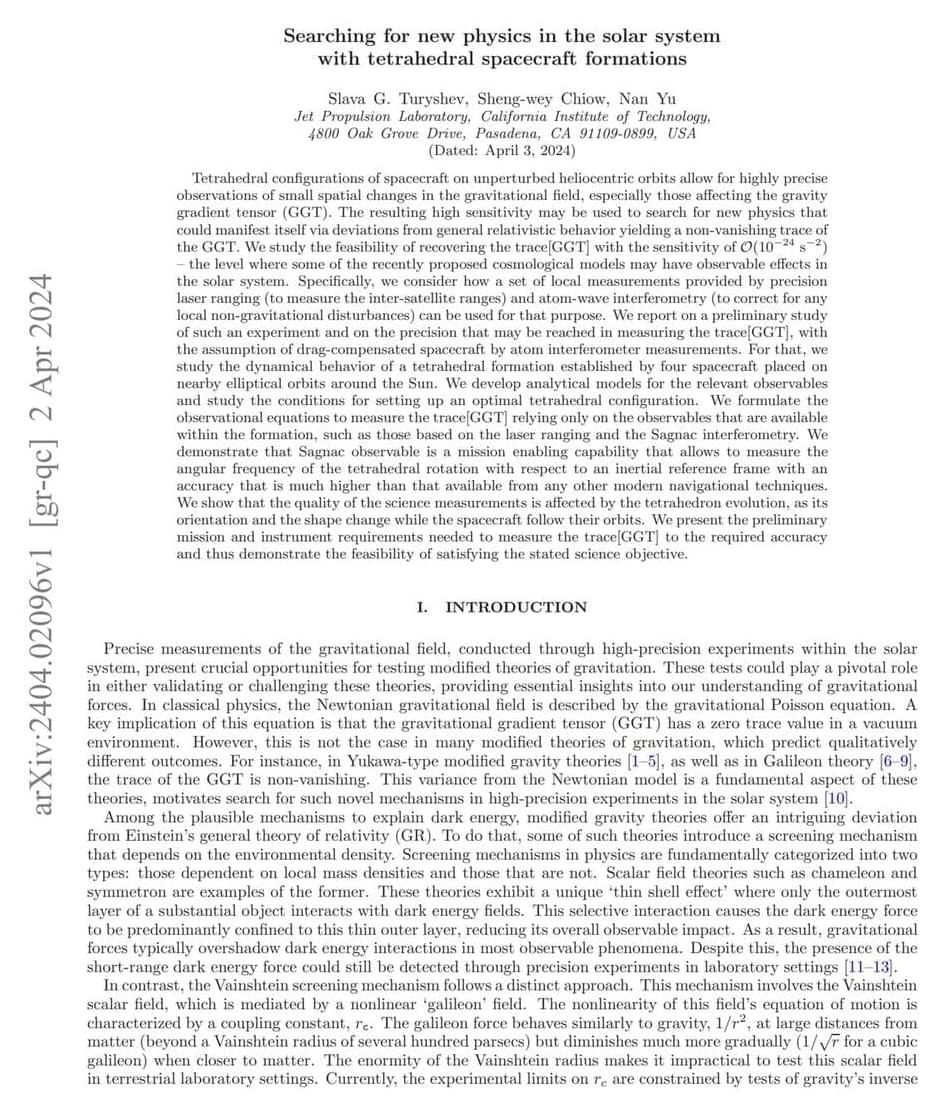
An exploration of the mystery of the Hubble Tension in Cosmology. My Patreon Page: https://www.patreon.com/johnmichaelgodierMy Event Horizon Channel:
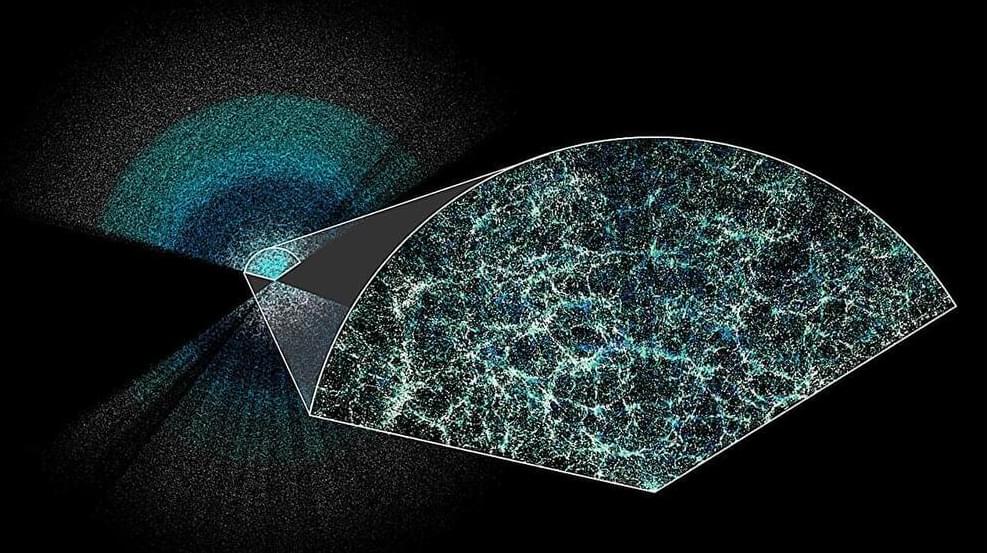
The universe is still expanding at an accelerating rate, but it may have slowed down recently compared to a few billion years ago, early results from the most precise measurement of its evolution yet suggested Thursday.
While the preliminary findings are far from confirmed, if they hold up it would further deepen the mystery of dark energy—and likely mean there is something important missing in our understanding of the cosmos.
These signals of our universe’s changing speeds were spotted by the Dark Energy Spectroscopic Instrument (DESI), which is perched atop a telescope at the Kitt Peak National Observatory in the US state of Arizona.
Using AI and ALMA data, scientists create a groundbreaking 3D video of flares around our galaxy’s central black hole, offering new insights into its dynamic environment.
Scientists believe the environment immediately surrounding a black hole is tumultuous, featuring hot magnetized gas that spirals in a disk at tremendous speeds and temperatures. Astronomical observations show that within such a disk, mysterious flares occur up to several times a day, temporarily brightening and then fading away. Now a team led by Caltech scientists has used telescope data and an artificial intelligence (AI) computer-vision technique to recover the first three-dimensional video showing what such flares could look like around Sagittarius A* (Sgr A*, pronounced sadge-ay-star), the supermassive black hole at the heart of our own Milky Way galaxy.
The 3D flare structure features two bright, compact features located about 75 million kilometers (or half the distance between Earth and the Sun) from the center of the black hole. It is based on data collected by the Atacama Large Millimeter Array (ALMA) in Chile over a period of 100 minutes directly after an eruption seen in X-ray data on April 11, 2017.